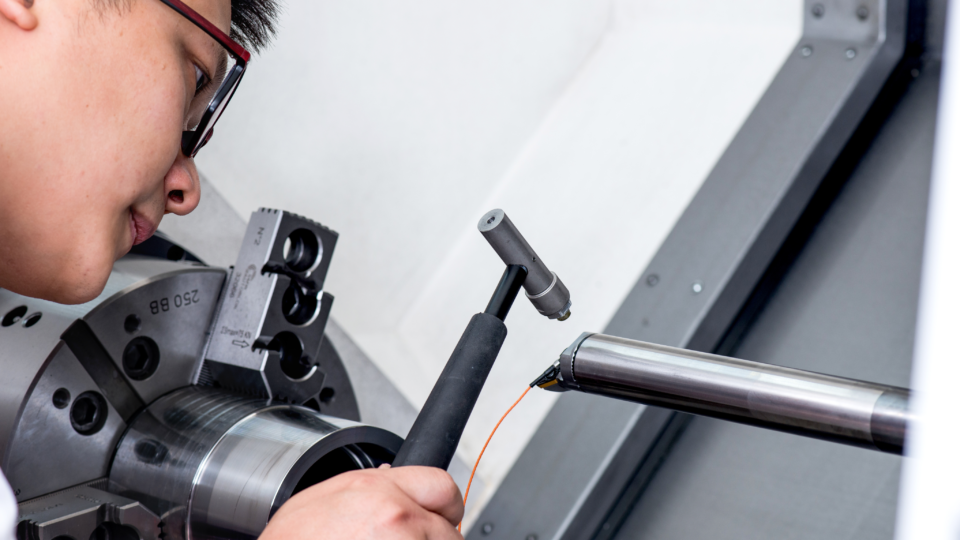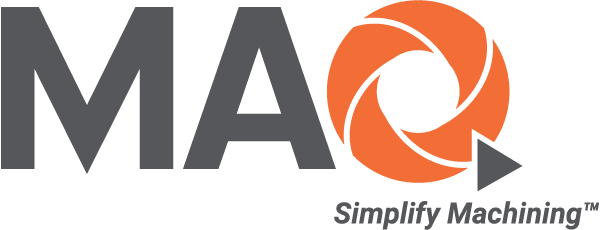In the intricate world of machining, precision is paramount. Any disruption, no matter how subtle, can lead to a cascade of challenges, affecting everything from productivity to the quality of the final product. This, in turn, has massive implications when it comes to costs, both direct and indirect. And yes, you guessed it. We’re talking about the complex realm of vibrations.
Unmasking the Direct and Indirect Costs
The potential costs associated with vibrations in machining have an immediate impact on operations. It’s a domino effect – vibrations can lead to tool breakage and damage to machine parts and workpieces. But the direct cost of vibrations is not just monetary; it’s also the valuable time lost in troubleshooting and grappling with uncertainties. Because when machines break down, employees become idle and find themselves at a standstill, creating a running hourly cost for the company where nothing gets done. This is one of the biggest issues resulting in direct costs as a consequence of vibrations in machining. Yet, it’s not merely the only one.
Beyond the tangible, there are indirect costs that infuse the entire production ecosystem. Because, if you cannot do the work in time, this creates production delays. When these delays occur, some companies will face penalties of different sorts for not being able to deliver their products on time. This is one indirect cost worth considering.
“Indirect costs also extend to complex production systems where machines are interdependent.” A halt in one machine affects the entire process, amplifying costs and compromising efficiency. Moreover, the final product bears the brunt of vibrations, leading to issues like increased abrasion in machining and a shorter lifespan for components. In the end, this entails more expensive machines where parts and components need to be replaced more often. As for the machines themselves, when suffering a shorter lifespan they will, in the end, become more expensive than if they’d sustained a life free of vibrations at all.
Efficiency and Productivity Impact
When reflecting on the impact of vibrations, one also has to consider efficiency and productivity, as there are typical strategies employed in machine workshops. When facing challenges due to vibrations, most workers are forced to slow down the process. Therefore, cutting less and more frequently, creates a steadier workflow but results in more steps to get to the finish line. It goes without saying that this way of working surely affects the cost of the end product when efficiency and productivity are being compromised.
In the realm of productivity, the critical metric of tool life takes centre stage. Vibrations subject cutting edges to accelerated wear and tear, potentially reducing their lifespan from the standard 15 minutes to mere seconds. This not only inflates tool replacement costs but also necessitates frequent halts for maintenance, adding another layer to the indirect costs incurred.

The Complexity of Vibration Frequency
Delving into the technical nuances, there is a misconception surrounding vibration frequency. Because no tool is relieved of vibrations. This insight challenges the commercial rhetoric of complete elimination, emphasizing the need for realistic expectations. Even though this would be a dream come true in the future, science hasn’t come this far yet.
There is, however, one solution on the market that’s come very close. MAQ has developed a strategy revolving around empowering businesses to operate without the shackles of vibration-related challenges. The star of this strategy is the innovation of a vibration control device – a self-tuning mass damper that absorbs vibration energy.
Adaptive Brilliance
This self-tuning mass damper is the linchpin of MAQ’s technology. It doesn’t just absorb vibrations; it adapts to the frequency of the machining system, providing a unique and effective solution. Unlike conventional methods that often claim to eliminate vibrations, MAQ acknowledges the inherent nature of vibrations in machining and focuses on control and minimisation. On top of this, the product is dry in comparison to others in the field, where oil leaks often lead to malfunction of the mass damper unit, and impair the machining operation which, again – creates an indirect cost for the user.
The beauty of MAQ’s technology lies in its ability to fine-tune the frequency dynamically and automatically. Nanostructures within the material respond to changes in frequency, ensuring a passive yet highly effective vibration control system. This adaptive approach sets MAQ apart from competitors, providing a solution that remains attuned to the evolving dynamics of machining processes. Where MAQ’s technology intervenes it allows manufacturing industries to operate at optimal speeds, perfecting both productivity and efficiency – without compromising on quality.
The Vibrant Future of MAQ
MAQ’s real-world impact is exemplified by remarkable achievements, such as a client reducing cycle time from 400 seconds to a mere 29 seconds. This success underscores the transformative power of MAQ’s innovation, empowering businesses to significantly enhance production output and achieve unprecedented cost savings.
As MAQ navigates the evolving landscape of vibration reduction, the company is charting new research avenues aimed at controlling vibrations at every level of the machining system. The forward-looking approach extends to MAQ’s research and development initiatives, which prioritize addressing user concerns with existing solutions. The focal point remains on refining vibration control methods, with the overarching goal of improving productivity when operating machine tools. The trajectory ahead is vibrant with possibilities, positioning MAQ as a transformative force shaping the future of machining dynamics.
